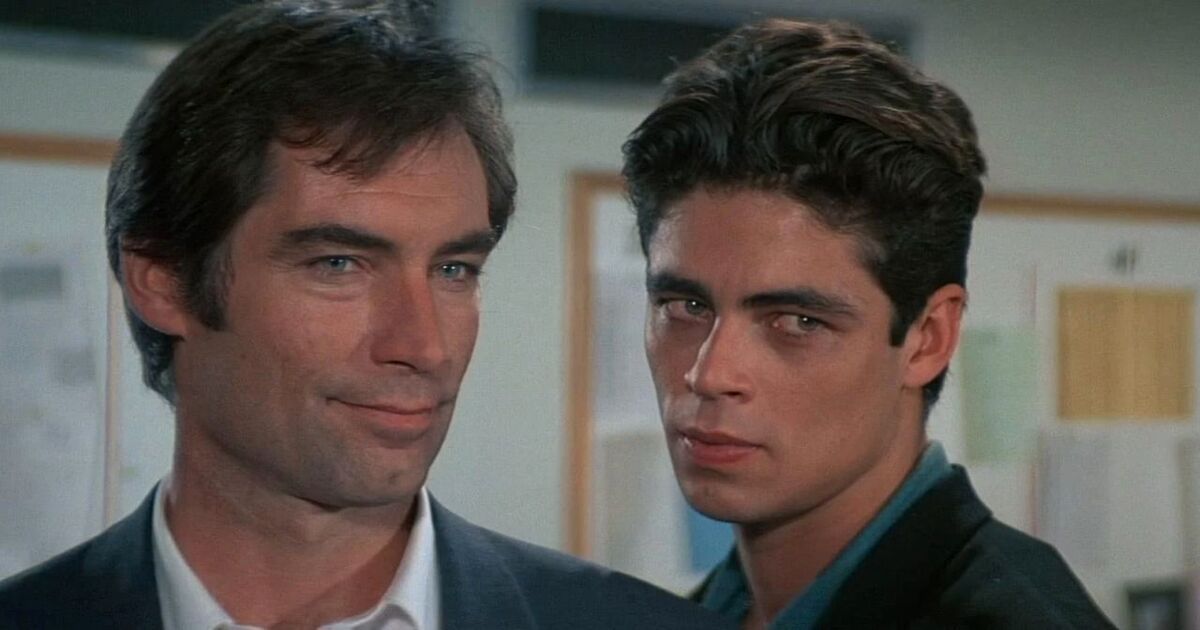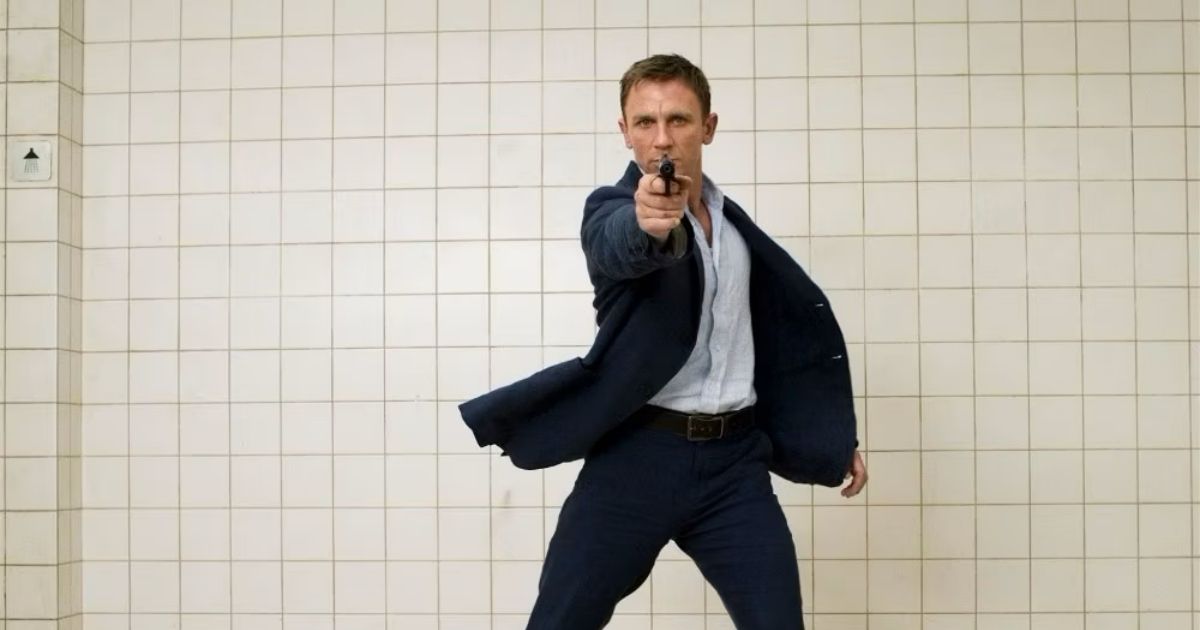James Bond is one of the most beloved cinematic heroes of all-time; its impressive that after six decades, excitement about the 007 series is just as high today as it was during the premiere of Dr. No. While Bond fans each have their favorite installments in the series, they’re also divided in terms of which actor they feel embodies the character from Ian Fleming’s novels the best. Sean Connery’s iconic performance fleshed out Bond’s charisma, intelligence, and loyalty to MI6, but the goofier interpretation that Roger Moore delivered has an equal amount of support from the fan community. In the last two decades, Daniel Craig’s performance has become iconic in its own right; Craig’s films are certainly the darkest in the entire franchise so far.
However, Timothy Dalton’s name is often left out of the conversation over the best Bond actor. This is primarily because Dalton starred in only two Bond films before the series went on a six-year hiatus, and was revamped with Pierce Brosnan in Goldeneye. Dalton had the difficult challenge of reinterpreting the character of Bond after Moore exited the role, and audiences didn’t have enough time to get adjusted to the tonal changes. Dalton’s films hold up extremely well, and his performance never got the appreciation that it deserved.
The Living Daylights Worked Out the Series’ Kinks
Ironically, Dalton is perhaps the only actor that has played Bond who is actually best known for his work outside the 007 franchise; his performances in Flash Gordon, The Rocketeer, Hot Fuzz, and the most recent season of Netflix’s historical drama series The Crown have been showered with just as much love. Prior to Dalton’s first appearance as the iconic super spy, the series had ventured into ridiculous territory. Moore’s last film, A View to a Kill, featured storylines so absurd that it felt like the franchise had jumped the shark permanently.
However, Dalton helped give the series a fresh new perspective with the 1987 film The Living Daylights. With less wisecracking jokes and more serious action sequences, The Living Daylights reminded viewers that in his heart, Bond was very much a broken person.He is an assassin that lives a solitary and challenging life, and has no concept of what normal interaction looks like. While he certainly seems cool due to his indulgences in alcohol and sex, his life is very lonely. Even though The Living Daylights was directed by John Glen, who also helmed For Your Eyes Only, Octopussy, and A View to a Kill, it felt like it came from an entirely different filmmaker.
The Living Daylights was also integral in reshaping what a modern Bond villain looked like. Moore’s films seemed to always pit Bond against eccentric antagonists with plots of world domination, which marked a sharp contrast from the more grounded bad guys in the Connery films. It’s easy to forget that one of the reasons that the Bond novels were so popular initially was that they felt realistic during the Cold War; the storyline featuring an international arms deal in The Living Daylights felt just as relevant to current events.
License to Kill Was a Refreshingly Dark Film
While License to Kill was considerably darker than Bond had been in a long time, it still had some of the wackier elements that had defined Moore’s tenure as the character. However, any hints of eccentricity were completely stripped from Dalton’s second film, License to Kill. Unlike previous films that focused on Bond’s official missions from MI6, License to Kill was a revenge movie. It was the first PG-13 installment in the series, and featured more graphic violence than any prior installment.
License to Kill opens with one of the darkest sequences in the entire saga. After the wedding of the CIA agent Felix Leiter (David Hedison), a group of drug lord launch a surprise terrorist attack and kill his new bride Della Churchill (Priscilla Barnes). Felix had been a recurring character in the franchise and a close friend of Bond’s, so its evident that the tragedy has a significant impact on them both. After refusing an assignment from his superiors at MI6, Bond has his license to kill revoked. This was also a major change; it was the first time that Bond seemed to question his orders, reflecting a more nuanced political perspective.
Bond decides to strike out on his own and get revenge for the death of Della and the injuries that Felix had suffered. Dalton’s performance was strong enough to handle the dramatic intensity required. Turning such an iconic character into a remorseless villain could have easily been mishandled, but Dalton made it feel like it was the natural progression of events. Since the film ended with Bond regaining both his job and license, License to Kill signified that Dalton’s 007 could return for many more adventures. Sadly, the film was overshadowed within the packed summer of 1989 by blockbusters like Indiana Jones and the Last Crusade, Lethal Weapon 2, and Tim Burton’s Batman.
He Laid the Groundwork for Daniel Craig
Unfortunately, the Bond franchise went through some legal difficulties amidst the release of License to Kill, which resulted in the series going on its longest hiatus up until that point. Originally, Dalton was set to return for another film in which Bond would be tasked with taking down a group of rogue terrorists that utilized robotic explosive attacks; given the significant changes in modern technology during the early 1990s, this would give Dalton another timely villain to go up against. Sadly, Dalton was cagey about signing another contract that would tie him to the role for four or five additional sequels, and chose to cut ties within the series.
It’s unfortunate that Dalton never got to reprise the role once more, as it felt like the series had been injected with a new sense of life. The Living Daylights had set the franchise on course again, and License to Kill proved that the series was capable of tackling more mature topics. In many ways, the precedents that Dalton set laid the groundwork for Craig’s beloved tenure as the character.
This story originally appeared on Movieweb



